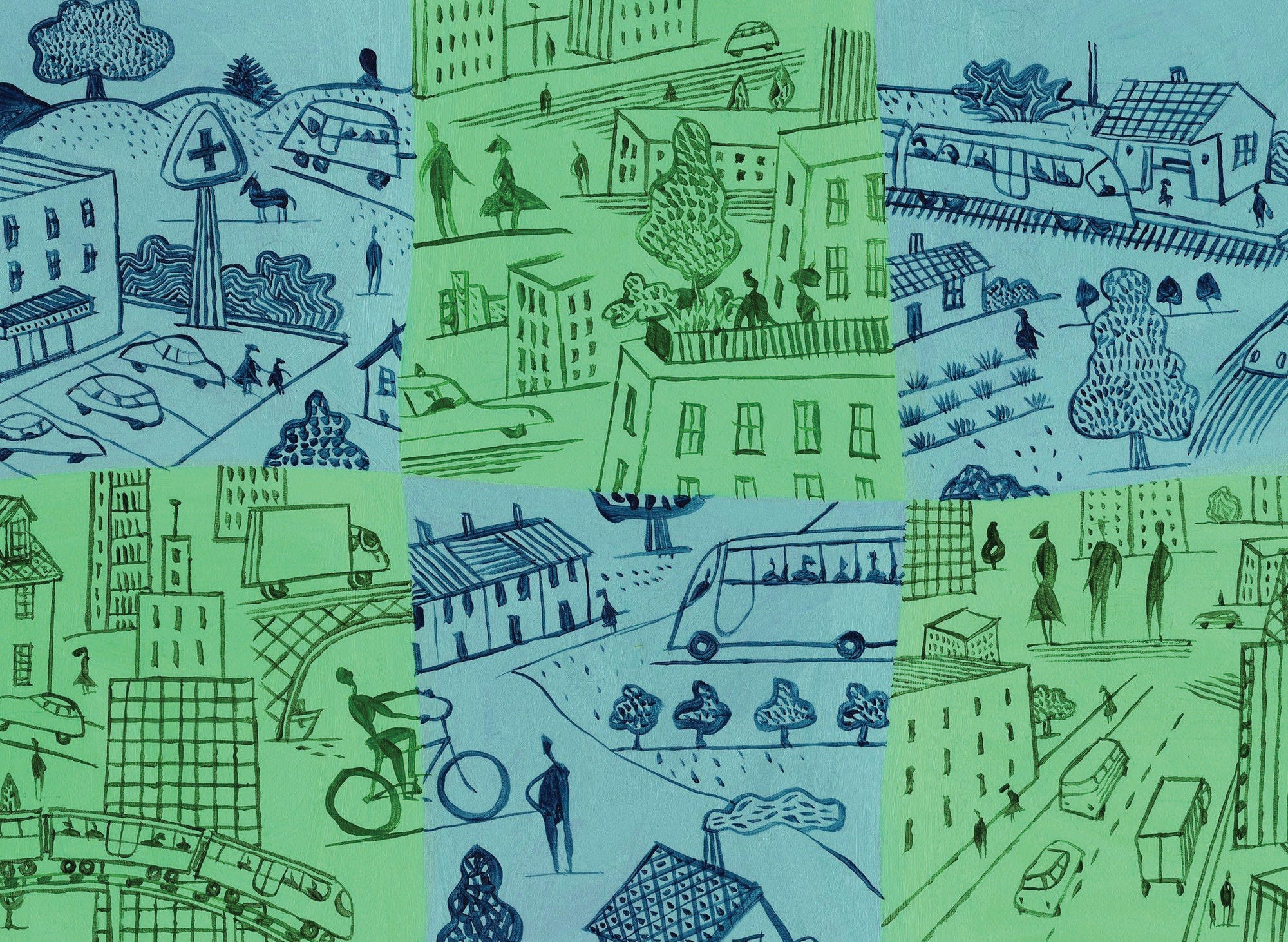Lack of high-speed broadband connections and digital take-up in some regions limit the benefits from digitalisation, including for remote working
The massive shift to remote working following the COVID-19 containment measures introduced in many countries has further increased the need for access to fast and efficient Internet connections and to minimum digital equipment. However, not all places within countries offer sufficient infrastructure for seizing the opportunities offered by digitalisation. Bridging the regional divide in access to fast broadband connections and terminal devices will become increasingly important as households, governments and businesses switch their activities to the digital terrain.
Across OECD regions, people enjoy significantly different access to high-quality Internet. This is particularly true for fibre fixed broadband connections (fibre-to-the-home, FTTH). In advanced economies like Germany and the United States (Figure 2.5, panel A), the gap between the region with the highest and lowest access is of 80 and 68 percentage points respectively. Among 9 countries with available data on fibre access, Colombia stands out for its low levels of coverage, with only 17% of households having access to fibre connections in the capital region and less than 1% of households in the region of Vichada.
Access to high-speed connections (above 30 Mbit/s) is fundamental to seize the opportunities of digitalisation, as the quality of connections matter beyond the access to basic Internet. With the exception of Colombia and Ireland, all 14 countries with available data have at least 1 region with more than 80% of households having access to high-speed connections, often the capital region. Within-country gaps tend to be stark, with a 23-percentage points difference between the most and least connected regions on average. France and Hungary show the largest regional disparities, with a 40-percentage point gap between the regions with the highest and lowest coverage of high-speed Internet (Figure 2.5, panel B). Other countries such as Belgium, Denmark, Spain and the United Kingdom have succeeded in ensuring broad access to a high-speed Internet connection to more than 90% of households across their territories.
A closer look at the access to high-speed broadband reveals a clear urban-rural divide. For example, while 90% of total households in Italy benefit from access to high-speed broadband, only 43% of rural households do so (Figure 2.6). According to the information provided from regulators in 26 OECD countries, 1 in 3 households in rural areas do not have access to high-speed broadband on average. Overall, only 7 out of 26 countries have succeeded in ensuring access to a high-speed connection to more than 80% of households in rural regions.
In order to seize the benefits of digitalisation, access to digital infrastructure needs to be accompanied by the widespread adoption of digital technologies and by minimum digital skills. Almost 11% of people in OECD countries are not using the Internet or do not have access to a computer. Large regional disparities in the take-up of digital technology also exist within countries, where the share of people using the Internet in the regions with the highest use is 10 percentage points higher than in the region with the lowest use, on average (Figure 2.7).



